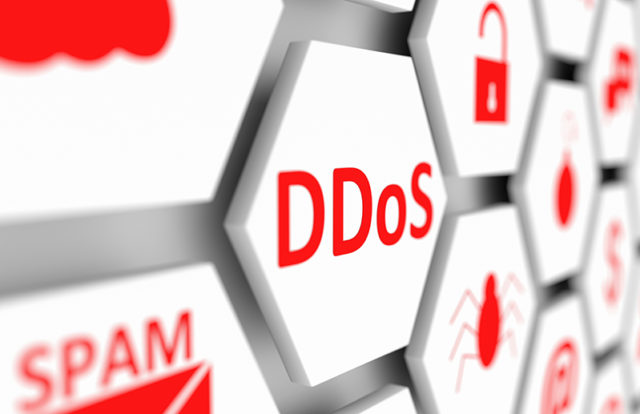
Cybercriminals often leverage Distributed Denial of Services (DDoS) techniques to disrupt critical services of global organizations. Days after a massive DDoS attack on multiple voice over internet protocol (VoIP) services in the U.K., Telnyx reported that it had suffered a DDoS attack that impacted its global telephony services. Telnyx is a voice over Internet Protocol (VoIP) company that provides telephony services online across the U.S., APAC, Australia, and EMEA regions. In DDoS attacks, threat actors make a targeted network or service unavailable to its users by flooding it with unwanted incoming traffic from different sources.
Two DDoS Attacks in a Day
Telnyx confirmed that it sustained the increasing intensity of DDoS attacks twice in a day. “It is anticipated that the DDoS attacks will continue, but there is no way for us to predict it. Telnyx has not been in communication with the bad actors. There has not yet been a ransom request,” Telnyx said in a statement.
What is Telnyx doing to mitigate the incident?
Given the severity of the attack, Telnyx is moving its operations to Cloudflare Magic Transit to mitigate additional risks. The company warned that users might experience failed calls, API and portal latency/time outs, and/or delayed or failed messages until proper resolutions are made.
“We are working through the night to transition as much of our network as possible to this service. We are continuing to migrate all regions of our global network behind CloudFlare’s DDoS protection. For migration updates, please visit http://status.telnyx.com. Services are operational, and teams are monitoring for signs of further disruption. We continue to fortify our DDoS protection, working directly with CloudFlare to implement protection across our network. Configuration is complete & we are testing traffic. Teams are monitoring for signs of further disruption,” Telnyx said in a Twitter post.
We are continuing to migrate all regions of our global network behind CloudFlare’s DDoS protection. For migration updates, please visit https://t.co/eqRVNJcdgZ. Services are operational and teams are monitoring for signs of further disruption.
— Telnyx (@telnyx) November 10, 2021
Rise of DDoS Attacks
Several global organizations have reported that their services were impacted due to DDoS attacks. Most of the DDoS campaigns are suspected of running an extortion scheme against the victim organizations. A recent report from Kaspersky revealed that the Q3 of 2021 has recorded more DDoS attacks than the previous year. The total number of DDoS attacks was up 24% compared to Q3 2020. Kaspersky observed over 8,825 DDoS attacks on August 18, with over 5,000 on August 21 and 22. However, the average and maximum durations of DDoS attacks in Q3 of 2021 decreased to 284 and 339 hours, respectively.
Expert Opinion
DDoS attacks could create huge damage to victims’ operations, making it difficult for a single defender to stop the flood of incoming traffic.
 Explaining the impact and severity of DDoS attacks, Nathan Wenzler, Chief Cybersecurity Strategist at Tenable, said, “By their very nature, DDoS attacks create a huge flood of network traffic, scaling up and dynamically changing the source of the flood. This makes it incredibly difficult for a single defender to stop the bad incoming traffic. It’s for these reasons that organizations must be able to meet these kinds of threats with defenses that can equally scale and be flexible in response to these attacks.
Explaining the impact and severity of DDoS attacks, Nathan Wenzler, Chief Cybersecurity Strategist at Tenable, said, “By their very nature, DDoS attacks create a huge flood of network traffic, scaling up and dynamically changing the source of the flood. This makes it incredibly difficult for a single defender to stop the bad incoming traffic. It’s for these reasons that organizations must be able to meet these kinds of threats with defenses that can equally scale and be flexible in response to these attacks.
“Organizations can leverage perimeter-level defenses, which can be maintained by an internal team and operated automatically to detect DDoS traffic and block the incoming traffic dynamically, preventing impact to core critical systems. Additionally, organizations can leverage the services of large-scale Content Delivery Network (CDN) providers who incorporate anti-DDoS technologies into their platforms. These providers typically maintain massive, global network infrastructures which can scale up in response to absorb an incoming DDoS attack. Ultimately, any strategy that can meet the DDoS attack with the same level of automated scaling capabilities while providing an equally dynamic response will be what’s needed to thwart these massive network flood attacks,” Wenzler added.










